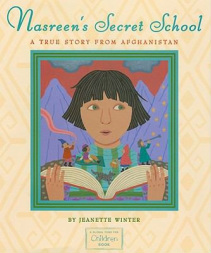
Nasreen's secret school by Jeanette Winter
Beach Lane Books, 2009
Nasreen and her grandmother live alone in Herat, Afghanistan, after Nasreen's father was taken away by Taliban soldiers and her mother has disappeared in an attempt to locate him. It has been many months and Nasreen has not spoken since her father was taken. Although the Taliban does not allow girls to go to school, Nasreen's grandmother wants her to learn about the world as she had so she finds out about a secret school for girls and takes Nasreen. Although it takes many more months, with the help of a friend Nasreen moves past her parents' disappearances and begins to learn.
This is not a light storybook, and Jeannette Winter does an admirable job explaining the Taliban regime and its ramifications on the daily lives of women in a succinct and easily understood manner. The recent history of Afghanistan is very briefly summarized in the first couple of pages, enough to provide context to the story, especially that the Taliban was a new regime and made radical changes to society. The arrival of the Taliban is correlated with a dark cloud settling over the city, and that cloud is visible in the majority of the illustrations. The author's note at the beginning reveals that the Taliban fell in 2001 but that danger still remains, and that girls going to school is still not accepted practice.
Not wholly dark, apart from the cloud Winter's illustrations are generally quite bright and patterned. Nasreen always wears the same clothing which makes it easier to pick her out from the crowd of girls at her school, as do her green eyes, and the pinks, oranges, and greens Winter often uses are a welcome lift from the text.
The idea of having a parent taken away and another disappearing is undoubtedly a scary subject for young children, especially as the book is based on a true story. As well, while the story ends on a happy note, within the confines of the book news of Nasreen's parents is never found and the Taliban is still, presumably, in power. For children who balk at the idea of parents being taken away this could prove to be a bit much, and so I would caution adults to read this book before presenting it to young children.
Nasreen's secret school provides a perspective not often seen in picture books: children who need to avoid mortal danger simply to have the opportunity to learn. Although perhaps scary for some children, it is a book that ends with hope and a positive look to the future, and would be an excellent read-aloud to raise awareness of the continuing plight of women in Afghanistan for older children and teens as well.
Beach Lane Books, 2009
Nasreen and her grandmother live alone in Herat, Afghanistan, after Nasreen's father was taken away by Taliban soldiers and her mother has disappeared in an attempt to locate him. It has been many months and Nasreen has not spoken since her father was taken. Although the Taliban does not allow girls to go to school, Nasreen's grandmother wants her to learn about the world as she had so she finds out about a secret school for girls and takes Nasreen. Although it takes many more months, with the help of a friend Nasreen moves past her parents' disappearances and begins to learn.
This is not a light storybook, and Jeannette Winter does an admirable job explaining the Taliban regime and its ramifications on the daily lives of women in a succinct and easily understood manner. The recent history of Afghanistan is very briefly summarized in the first couple of pages, enough to provide context to the story, especially that the Taliban was a new regime and made radical changes to society. The arrival of the Taliban is correlated with a dark cloud settling over the city, and that cloud is visible in the majority of the illustrations. The author's note at the beginning reveals that the Taliban fell in 2001 but that danger still remains, and that girls going to school is still not accepted practice.
Not wholly dark, apart from the cloud Winter's illustrations are generally quite bright and patterned. Nasreen always wears the same clothing which makes it easier to pick her out from the crowd of girls at her school, as do her green eyes, and the pinks, oranges, and greens Winter often uses are a welcome lift from the text.
The idea of having a parent taken away and another disappearing is undoubtedly a scary subject for young children, especially as the book is based on a true story. As well, while the story ends on a happy note, within the confines of the book news of Nasreen's parents is never found and the Taliban is still, presumably, in power. For children who balk at the idea of parents being taken away this could prove to be a bit much, and so I would caution adults to read this book before presenting it to young children.
Nasreen's secret school provides a perspective not often seen in picture books: children who need to avoid mortal danger simply to have the opportunity to learn. Although perhaps scary for some children, it is a book that ends with hope and a positive look to the future, and would be an excellent read-aloud to raise awareness of the continuing plight of women in Afghanistan for older children and teens as well.
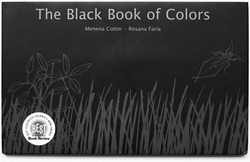
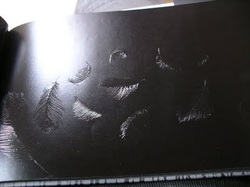
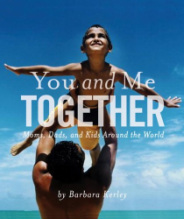
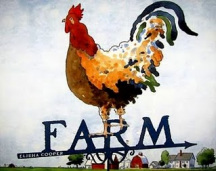
 RSS Feed
RSS Feed